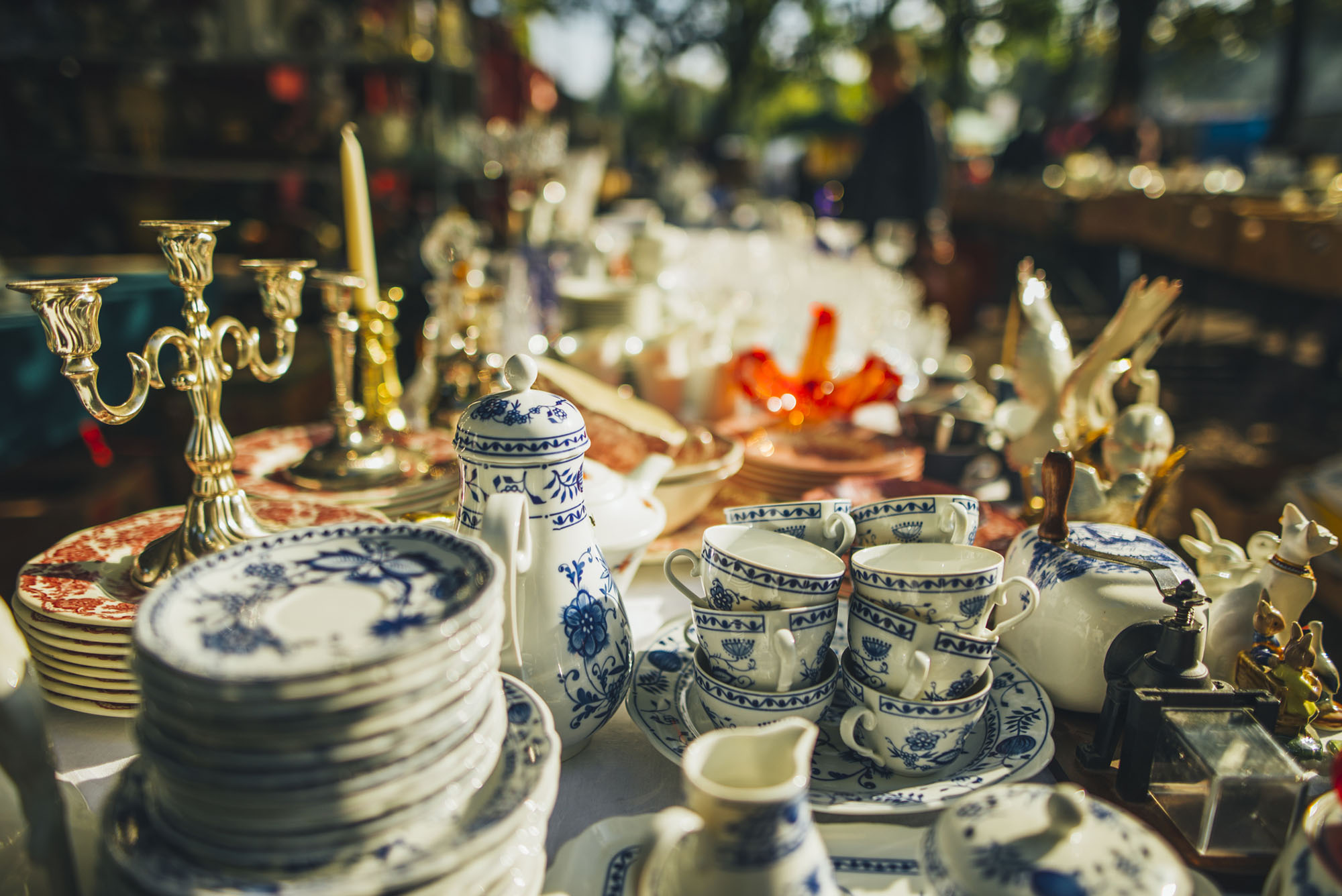Many of us are fascinated by antiques and love to learn about their provenance and value.
It’s been a popular theme on television for years. But not all of us act on this interest ourselves. Have you ever actually had the urge to hunt for antiques at a flea market?
People sell all kinds of items at these markets, and somewhere among the bric-a-brac, there are always hidden gems.
One of the main reasons people don’t go antique hunting at flea markets is that they lack expertise. To some extent, this misses the point.
There’s a lot of fun to be had in setting a modest budget and buying things instinctively, at least until you start to identify what you’re looking for.
Below are some hints and tips that may inspire you.
Turn Up Early
For the best chance of finding those hidden gems, it’s best to turn up early to a flea market. Why? Because antique dealers do the same thing to reach the treasure first! Of course, you could turn up late and still find something worthwhile, but the probability diminishes.
Tools of the Trade
You need to study small details when antique hunting. So, if your near sight isn’t perfect, bring a magnifying glass or loupe and a penlight. A smartphone is useful, too, especially during the early days of your pastime when you might need to research things on the spot.
Study Your Subject
Chances are, you’ll find your own niche when buying and selling antiques. Once you’ve identified the type of item that interests you, you can research your subject by reading specialist magazines and books at home. Knowledge accrues quickly once you’ve narrowed the field.
Take Chances
When you find flea-market items that you think might be valuable, it’s worth taking a risk sometimes and researching their worth later. Buy the things you like, and you’ll probably still like them if they turn out to be low in value. Good luck!











